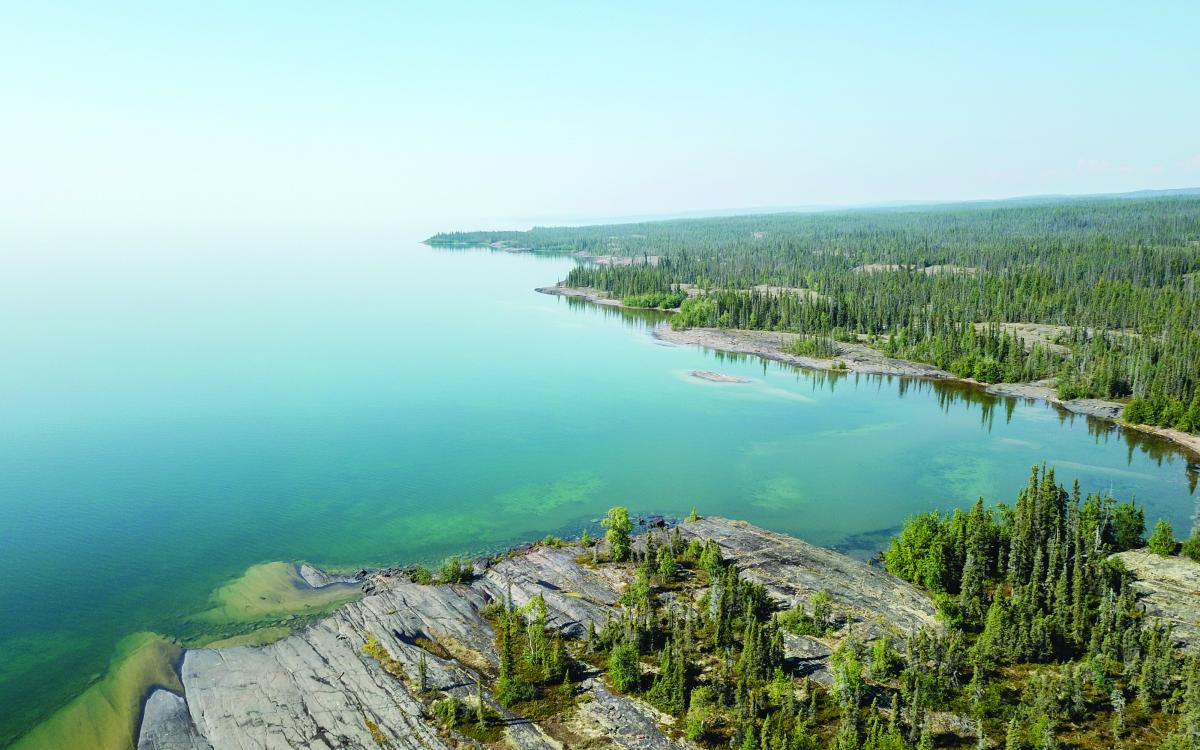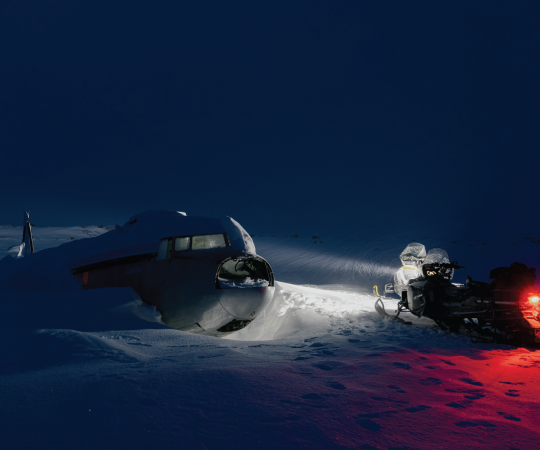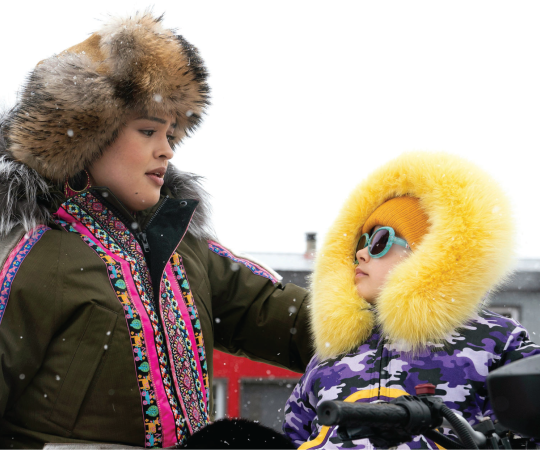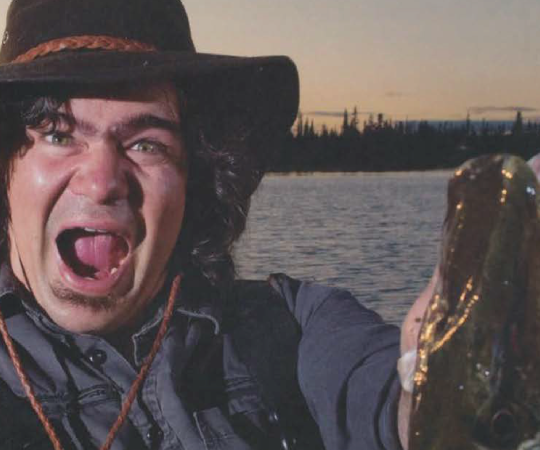HIS JAW SET CONFIDENTLY and eyes ablaze, John Diefenbaker challenged Canadians to look north. It was 1958 and he was prime minister at last, his destiny fulfilled. He headed a minority government that had taken office by surprise in 1957. Now he was on the hustings seeking a majority mandate and people were turning out by the thousands to hear him. “Sir John A. Macdonald saw Canada from east to west: He opened the West,” Diefenbaker thundered in his stump speeches. “I see a new Canada—a Canada of the North. This is the vision.”
The prairie firebrand promised to build roads to resources in the North. No mineral would be left unmined. No horizon not furthered. No river unbridged. If Canadians would only look north with him and seize what was the destiny of the nation. And so, the country began to “Follow John,” giving him and his Progressive Conservatives what was, until that time, the largest majority ever earned by a Canadian prime minister.
So, the North became perhaps the most powerful Canadian region of them all. Other parts of the country often present political problems or are simply places with votes to be gained and lost. But whenever prime ministers look north, they discover patriotism itself, the fuel they require every day they hold Canada’s highest political office.
Decades after Diefenbaker, another prime minister, Stephen Harper (full disclosure: I worked in his office as a speechwriter) also found national inspiration when looking to the North. He travelled there annually and would say, “The North is Canada’s call to greatness.”
Two other prime ministers found a special nationalism while paddling northern waters. Pierre Trudeau’s and John Turner’s journeys to the territories helped define and anchor their sense of country. “I really became a Canadian when I got to know Canada north of the 60th parallel,” Turner wrote of a canoe trip he took with his wife and children on the Burnside River. “I have never felt more Canadian than when alone in the remote northern vastness.”
Trudeau, who famously paddled the Nahanni and other rivers, gave voice to his own northern passion while welcoming the Queen to what is now Nunavut in 1970. “On your previous visits you have seen a great deal of Canada, far more than most Canadians,” he said, “but those of us who have travelled in the North or who live here, and that includes most of the people in this room, are convinced that until you have seen the North, you have not really seen Canada.”
How much action this rhetoric has actually led to can be debated. Many Northerners see the attention prime ministers give their issues and concerns as fleeting. Perhaps. The North does need more than promises. To ensure that happens, the leaders of the three territories must harness the unique place their region holds in the hearts and minds of our prime ministers.
To hold the job of prime minister, after all, is to lead a country that defies race, region and even geography. Doing so successfully requires the vision and passion that many of our leaders find North of 60. Other regions of Canada can only dream of the advantage this part of the country has when lobbying the most powerful office in the land.
Louis St-Laurent, who held that office from 1948 to 1957, was the 20th-century prime minister who first saw the need for all government departments to participate in the modern development of the North. Gone would be the days when the region was only an afterthought for Ottawa. He made his plans clear in a major address to the House of Commons in December 1953: “We in the southern part of Canada have been so busy in recent years that we have given little close attention to the north country.”
St-Laurent, who looked to prime ministers of the previous century for inspiration as he and his government began looking to pay attention to the “north country,” said, “[Canada has] reached a stage where it is clear that the North, just as certainly as had the West 50 years ago, has a great future for the benefit of the Canadian nation.”
Eight years after that address, when Diefenbaker became the first sitting prime minister to travel North of 60, he was taking up the torch left by Sir John A. Macdonald. “He sparked the imagination of Canadians with his vision of a greater Canada—one that would stretch from coast to coast,” Diefenbaker said at Inuvik in 1961. “How he would have relished this moment—his coast-to-coast dream immeasurably enlarged by this north-south dimension.”
Only people who know the North can judge if our prime ministers successfully turn the rhetoric into action and meet the moments they say have inspired them. Until then, the region will always serve as a unique and patriotic clarion call to action heard by each prime minister.
REPORT CARDS
What Canadian Prime Ministers did for the North. Or didn’t
Story by Cooper Langford











